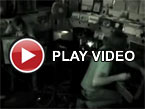 This is the debut album from the restlessly evolving Mark Van Hoen’s latest project, a duo with the Touch label's Mike Harding.  Recorded in LA during a particularly sweltering day, this single longform piece is quite divergent from any of Van Hoen’s previous work that I have heard, beautifully blending organ-like synthesizers with menacing throbs, crackling shortwave radio ambience, and mysterious field recordings.  Drøne are definitely onto something wonderful here, finding a niche that is simultaneously sublimely melodic, gently hallucinatory, and ominously unsettling.
This is the debut album from the restlessly evolving Mark Van Hoen’s latest project, a duo with the Touch label's Mike Harding.  Recorded in LA during a particularly sweltering day, this single longform piece is quite divergent from any of Van Hoen’s previous work that I have heard, beautifully blending organ-like synthesizers with menacing throbs, crackling shortwave radio ambience, and mysterious field recordings.  Drøne are definitely onto something wonderful here, finding a niche that is simultaneously sublimely melodic, gently hallucinatory, and ominously unsettling.
Two new shows just for you. We have squeezed out two extended release episodes for this weekend to get you through this week. They contain mostly new songs but there's also new issues from the vaults. The first show features music from Rider/Horse, Mint Field, Robert Aiki Aubrey Lowe, Anastasia Coope, ISAN, Stone Music, La Securite, Bark Psychosis, Jon Rose, Master Wilburn Burchette, Umberto, Wand, Tim Koh, Sun An, and Memory Drawings. The second episode has music by Laibach, Melt-Banana, Chuck Johnson, X, K. Yoshimatsu, Dorothy Carter, Pavel Milyakov, Violence Gratuite, Mark Templeton, Dummy, Endon, body / negative, Midwife, Alberto Boccardi, Divine. Cow in Maui from Veronika in Vienna. Get involved: subscribe, review, rate, share with your friends, send images! |



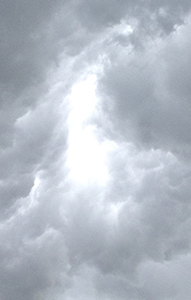 There is a distinct sense of nostalgia running through this newest Luciernaga release. Fitting, since the entire work was inspired by Joao Da Silva's hometown of Santiago, Chile, and is even released by a hometown as a limited edition cassette. His work has always had a sense of personal intimacy amidst the sonic abstraction, and this is no different. Sic Transit Gloria is an emotionally rich, and extremely diverse piece of complex ambient music.
There is a distinct sense of nostalgia running through this newest Luciernaga release. Fitting, since the entire work was inspired by Joao Da Silva's hometown of Santiago, Chile, and is even released by a hometown as a limited edition cassette. His work has always had a sense of personal intimacy amidst the sonic abstraction, and this is no different. Sic Transit Gloria is an emotionally rich, and extremely diverse piece of complex ambient music.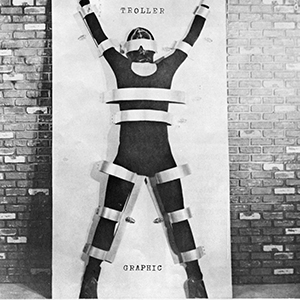 Following their 2012 self-titled debut release, this Austin trio largely return to the sound that made that album so strong: namely dissonant synthesizer work, slow and stiff drum programming, and unsettling, yet gripping vocal work. That is not to say that Graphic is more of the same, but rather a development and refinement of the sound they did so well previously, culminating in an infectious, yet dour and dark piece of music.
Following their 2012 self-titled debut release, this Austin trio largely return to the sound that made that album so strong: namely dissonant synthesizer work, slow and stiff drum programming, and unsettling, yet gripping vocal work. That is not to say that Graphic is more of the same, but rather a development and refinement of the sound they did so well previously, culminating in an infectious, yet dour and dark piece of music.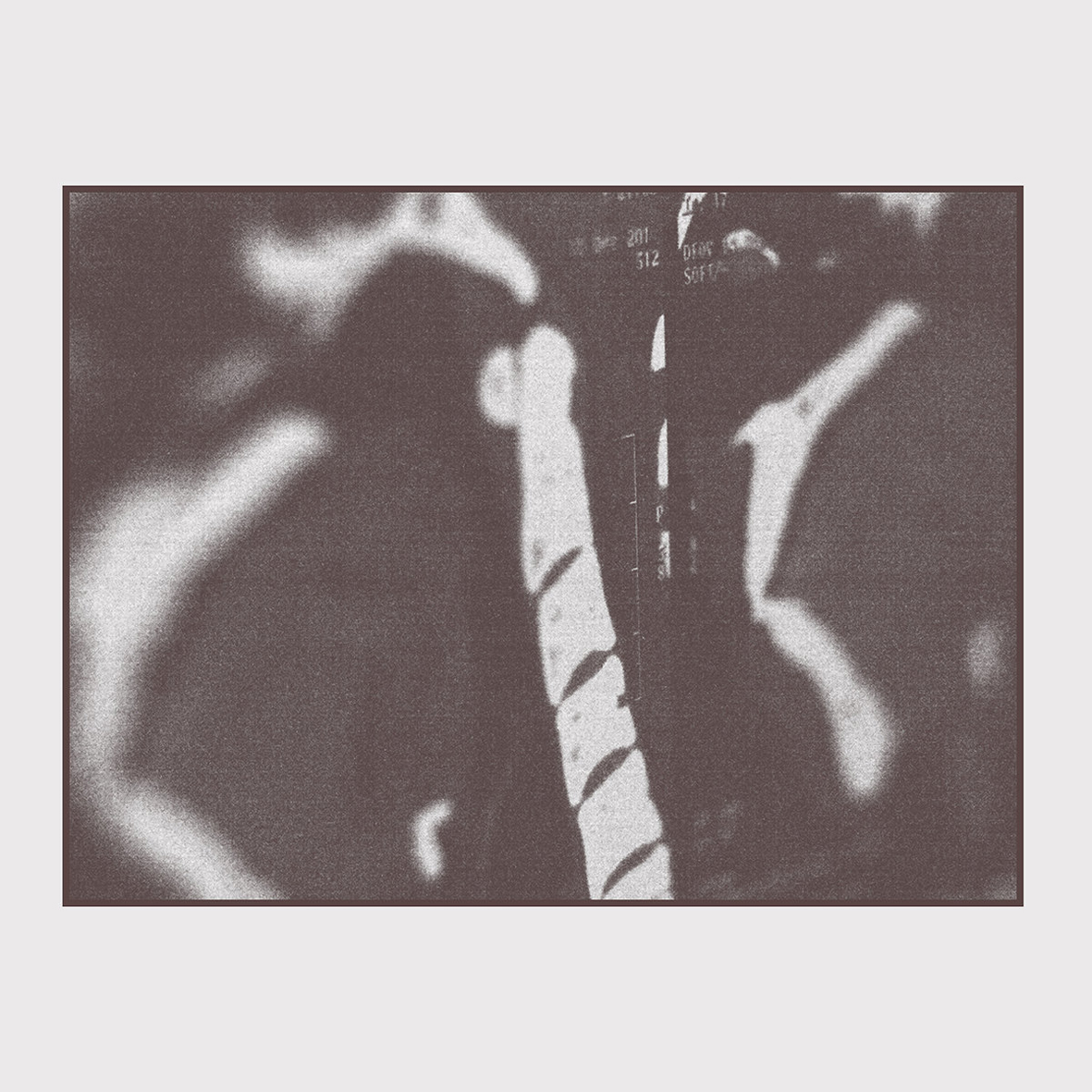 As much as I love Swans, one of 2015's great mysteries for me was trying to figure out why some people liked Norman Westberg’s solo 13 album so much, as it just seemed like a very straightforward ambient-drone album in every way.  Consequently, I did not have especially high expectations for Room40’s second Westberg reissue, which compiles three even earlier pieces from his homemade, self-released CDrs.  As it turns out, however, MRI is a hell of a lot more compelling than its predecessor.  While the general aesthetic is basically the same (hazy processed-guitar soundscapes), MRI features considerably more in the way of subtle dynamic shifts and disquieting dissonances.  Aside from just being deeper, more complex, and more nuanced than what I had previously heard, this album is actually quite distinctive and unique as well.  I now completely understand why Lawrence English was so keen to unearth Westberg's largely unheard solo oeuvre.
As much as I love Swans, one of 2015's great mysteries for me was trying to figure out why some people liked Norman Westberg’s solo 13 album so much, as it just seemed like a very straightforward ambient-drone album in every way.  Consequently, I did not have especially high expectations for Room40’s second Westberg reissue, which compiles three even earlier pieces from his homemade, self-released CDrs.  As it turns out, however, MRI is a hell of a lot more compelling than its predecessor.  While the general aesthetic is basically the same (hazy processed-guitar soundscapes), MRI features considerably more in the way of subtle dynamic shifts and disquieting dissonances.  Aside from just being deeper, more complex, and more nuanced than what I had previously heard, this album is actually quite distinctive and unique as well.  I now completely understand why Lawrence English was so keen to unearth Westberg's largely unheard solo oeuvre. This latest release from Aranos is an especially unusual one (even within the context of his already singular discography), as it is a varied suite of songs exploring the twin themes of mortality and joie de vivre.  It has always been clear that Aranos knows a thing or two about living an interesting and vibrant life, but it is worth noting that he has also technically died once (and been resuscitated) as well, so he has some perspective on that side to offer as well.  While it is the subject matter than ostensibly brings all of these songs together, the most immediate and striking feature of Omen of Good Times is its prevailing mood of eccentric, cockeyed fun: there are few shades at all of Aranos's more experimental leanings here, just a one-of-a-kind raconteur/performer channeling everything from Eastern European folk music to religious spirituals to swinging Django Reinhardt/Stephane Grappelli-style string jazz.
This latest release from Aranos is an especially unusual one (even within the context of his already singular discography), as it is a varied suite of songs exploring the twin themes of mortality and joie de vivre.  It has always been clear that Aranos knows a thing or two about living an interesting and vibrant life, but it is worth noting that he has also technically died once (and been resuscitated) as well, so he has some perspective on that side to offer as well.  While it is the subject matter than ostensibly brings all of these songs together, the most immediate and striking feature of Omen of Good Times is its prevailing mood of eccentric, cockeyed fun: there are few shades at all of Aranos's more experimental leanings here, just a one-of-a-kind raconteur/performer channeling everything from Eastern European folk music to religious spirituals to swinging Django Reinhardt/Stephane Grappelli-style string jazz.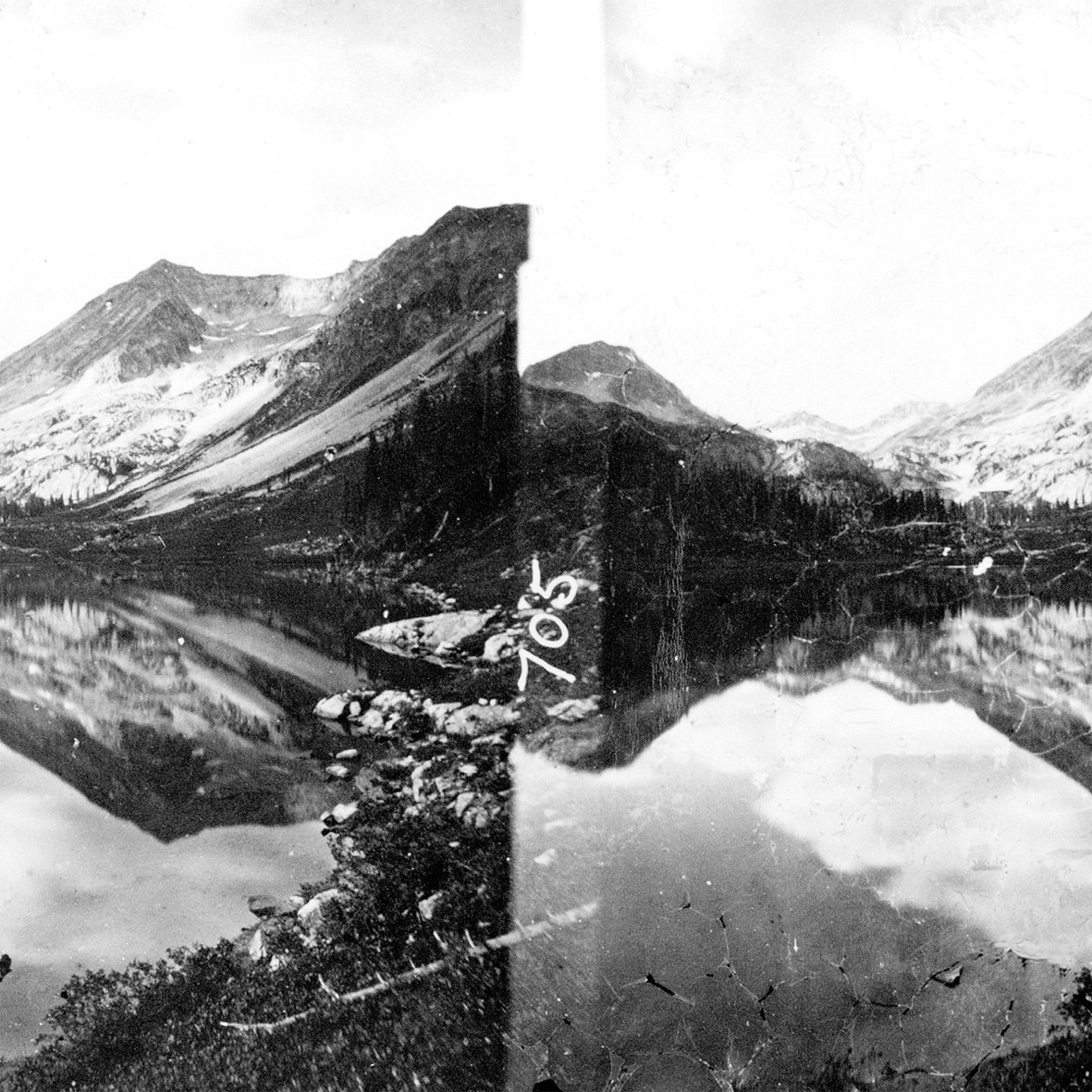 In recent years, Shelter Press has carved out an unusual niche for itself through a series of highly conceptual and ambitiously esoteric releases that blur the boundaries between various forms of art.  One of their more intriguing projects as of late is this one, in which a trio of composers attempts to recreate the aura of Thomas Mann's 1924 masterwork The Magic Mountain (even going so far as to do some field recording in Swiss Alps where the novel was set).  The end result is quite a pleasant and subtly phantasmagoric reverie, as the composers' individual voices are subsumed by a beguiling series of crackling classical music snippets, ominous drones, and ambient outdoor sounds.
In recent years, Shelter Press has carved out an unusual niche for itself through a series of highly conceptual and ambitiously esoteric releases that blur the boundaries between various forms of art.  One of their more intriguing projects as of late is this one, in which a trio of composers attempts to recreate the aura of Thomas Mann's 1924 masterwork The Magic Mountain (even going so far as to do some field recording in Swiss Alps where the novel was set).  The end result is quite a pleasant and subtly phantasmagoric reverie, as the composers' individual voices are subsumed by a beguiling series of crackling classical music snippets, ominous drones, and ambient outdoor sounds.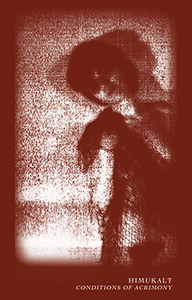 Himukalt seems to be more than a bit of an enigma. Other than being the solo project of Ester Kärkkäinen from Nevada, there is very little to be found online about her work. That ambiguity suits Conditions of Acrimony (her first release, at least in a public capacity) rather well though. Drawing from a diverse array of abrasive, challenging styles of music, she expertly blends order and chaos, as well as rhythm and dissonance throughout these six pieces.
Himukalt seems to be more than a bit of an enigma. Other than being the solo project of Ester Kärkkäinen from Nevada, there is very little to be found online about her work. That ambiguity suits Conditions of Acrimony (her first release, at least in a public capacity) rather well though. Drawing from a diverse array of abrasive, challenging styles of music, she expertly blends order and chaos, as well as rhythm and dissonance throughout these six pieces.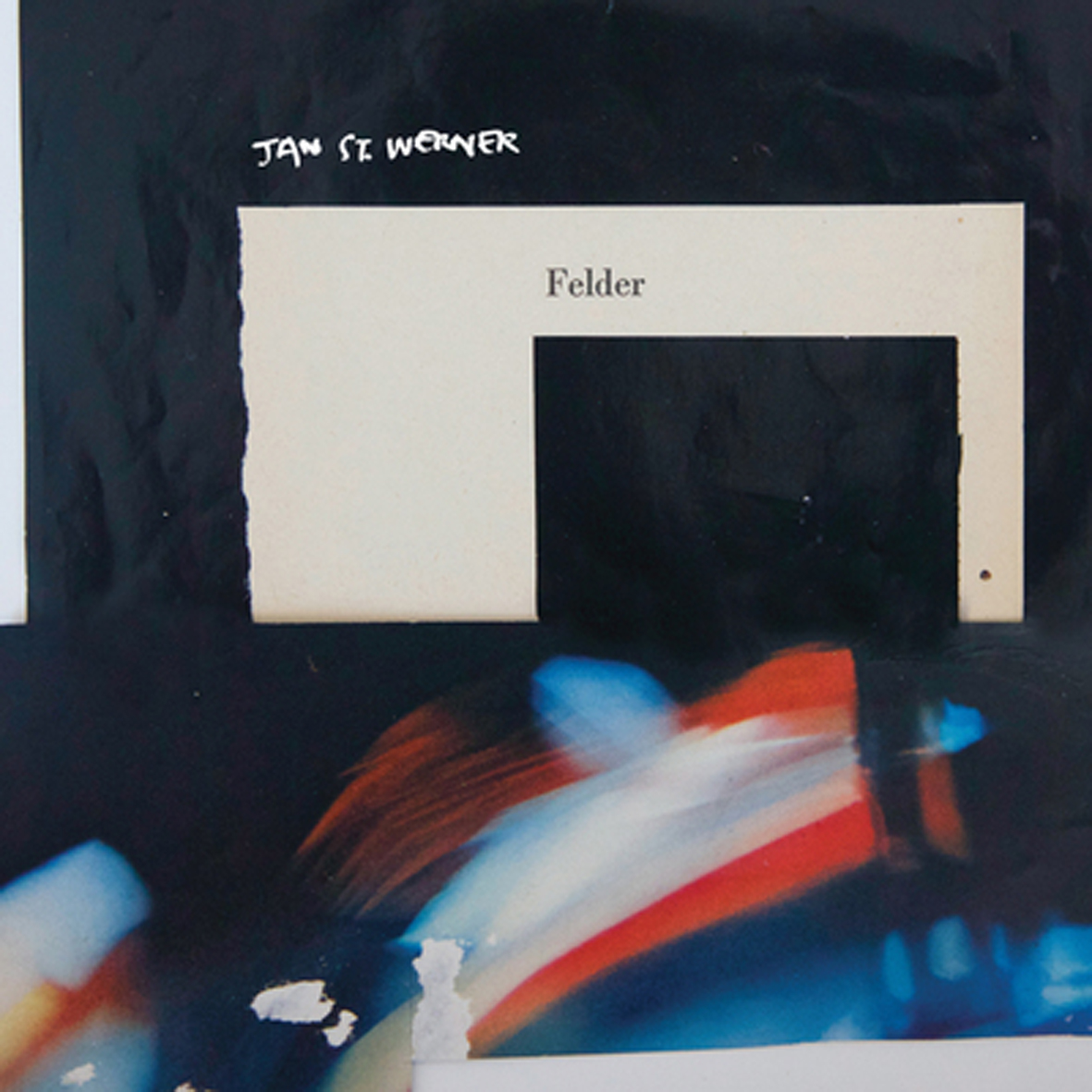 I suspect someone could probably spend years compiling a thesis that contextualizes and explains the ideas, techniques, and inspirations behind Jan St. Werner's bizarre Fiepblatter series, but its overarching concept is apparently a simple desire to "dismantle genres." Last year’s completely bonkers and uncategorizable Miscontinuum took care of that objective quite conclusively though, so there was not much left to prove with this follow-up.  I am not sure if St. Werner would necessarily agree with me or not, but Felder is certainly a hell of a lot more listenable than its prickly, disorienting predecessor.  That said, it is still quite an unapologetically alien and uncompromising release, gleefully taking organic, orchestral elements and mangling them into a stuttering, splintered, and kaleidoscopic mindfuck.
I suspect someone could probably spend years compiling a thesis that contextualizes and explains the ideas, techniques, and inspirations behind Jan St. Werner's bizarre Fiepblatter series, but its overarching concept is apparently a simple desire to "dismantle genres." Last year’s completely bonkers and uncategorizable Miscontinuum took care of that objective quite conclusively though, so there was not much left to prove with this follow-up.  I am not sure if St. Werner would necessarily agree with me or not, but Felder is certainly a hell of a lot more listenable than its prickly, disorienting predecessor.  That said, it is still quite an unapologetically alien and uncompromising release, gleefully taking organic, orchestral elements and mangling them into a stuttering, splintered, and kaleidoscopic mindfuck.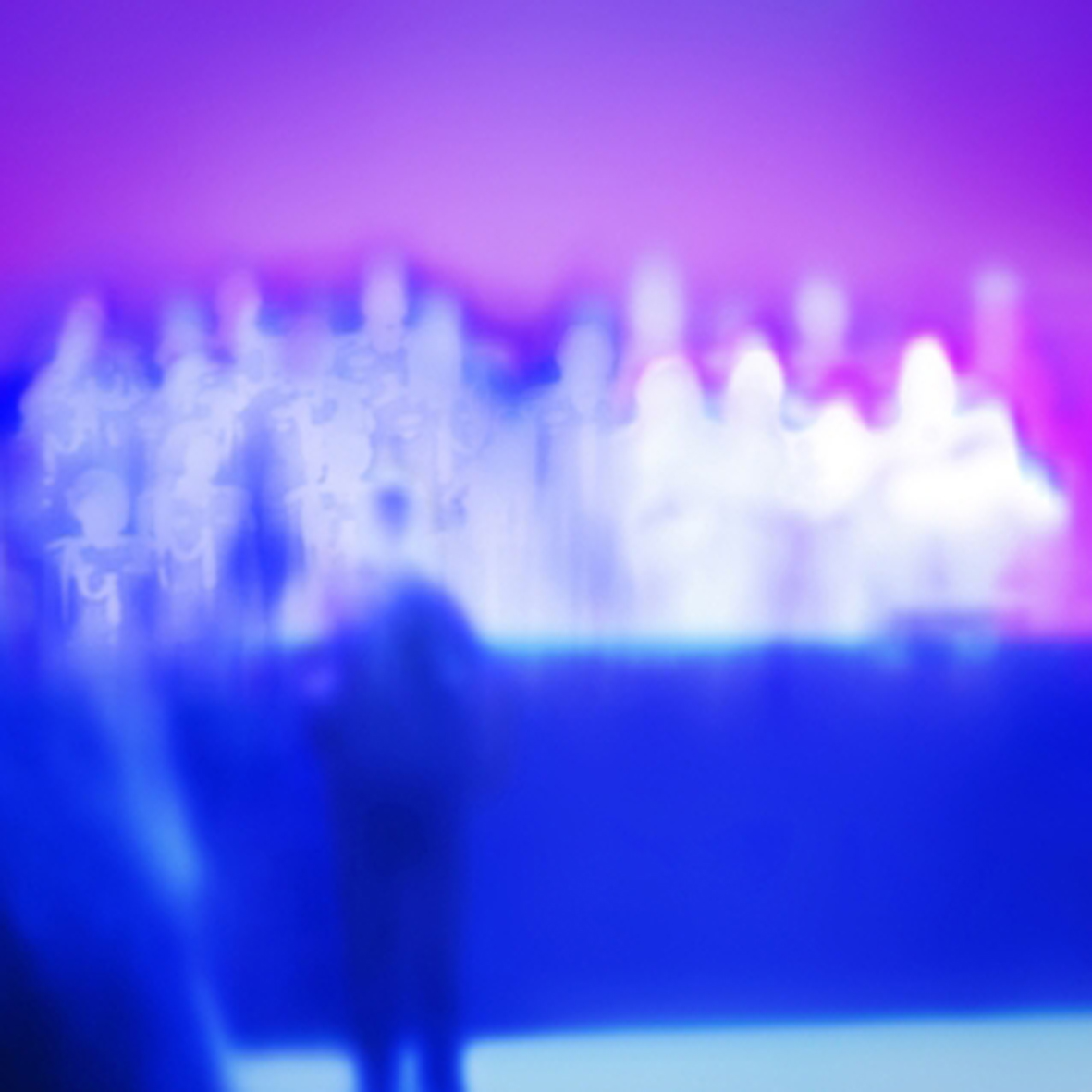 Tim Hecker’s first album for 4AD is already a major event, unexpectedly garnering praise from sources as mainstream as The New York Times and Rolling Stone.  We live in strange times indeed.  Naturally, it deserves all the accolades it gets, as Tim Hecker seems physically unable to make a disappointing album at this point in his career, but far more interesting than the quality is how Love Streams is such a conspicuous departure from many of Hecker’s usual tropes.  Also, despite its atypically high profile and widespread coverage, it may actually be the most perversely bizarre and experimental album that Hecker has yet released (My Love is Rotten to the Core excluded, of course).
Tim Hecker’s first album for 4AD is already a major event, unexpectedly garnering praise from sources as mainstream as The New York Times and Rolling Stone.  We live in strange times indeed.  Naturally, it deserves all the accolades it gets, as Tim Hecker seems physically unable to make a disappointing album at this point in his career, but far more interesting than the quality is how Love Streams is such a conspicuous departure from many of Hecker’s usual tropes.  Also, despite its atypically high profile and widespread coverage, it may actually be the most perversely bizarre and experimental album that Hecker has yet released (My Love is Rotten to the Core excluded, of course).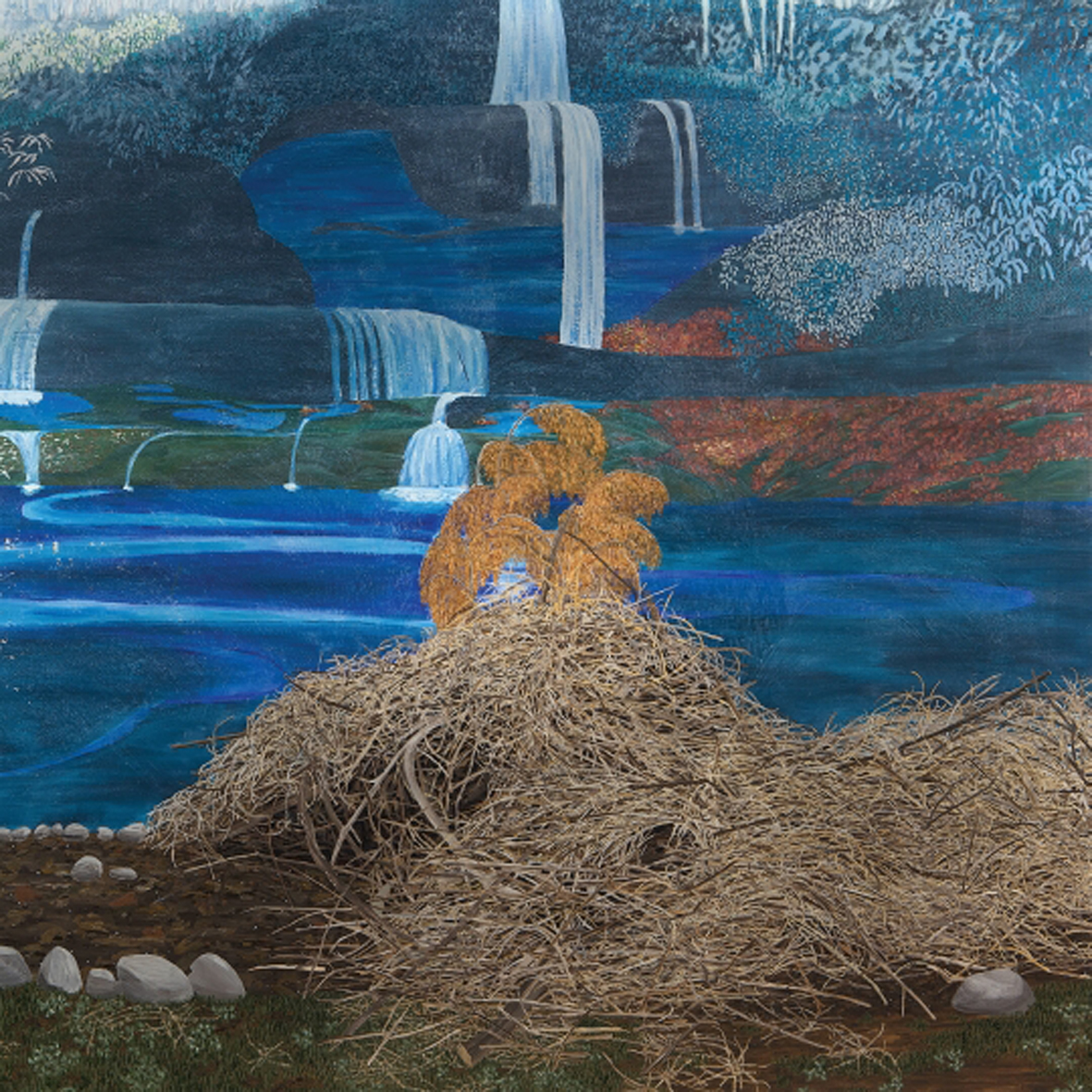 Harpist Mary Lattimore’s excellent second solo album is the fruit of a grant-financed road trip across the US, inspired by various natural wonders along the way and recorded at several friends' houses.  While traveling around with a harp does not sound particularly convenient to me, it certainly seems like Lattimore knows how to put grant money to good use.  She also knows the fastest way to my heart, which happens to be naming an album after a Joan Didion essay.  Naturally, At The Dam is a beautiful album, as the harp is always an inherently pleasant instrument when in competent hands.  Lattimore goes much deeper than the expected lovely, rippling arpeggios though, crafting five pleasantly relaxed and languorous pieces enhanced with a healthy amount of experimentation and sublime laptop-tweakery.
Harpist Mary Lattimore’s excellent second solo album is the fruit of a grant-financed road trip across the US, inspired by various natural wonders along the way and recorded at several friends' houses.  While traveling around with a harp does not sound particularly convenient to me, it certainly seems like Lattimore knows how to put grant money to good use.  She also knows the fastest way to my heart, which happens to be naming an album after a Joan Didion essay.  Naturally, At The Dam is a beautiful album, as the harp is always an inherently pleasant instrument when in competent hands.  Lattimore goes much deeper than the expected lovely, rippling arpeggios though, crafting five pleasantly relaxed and languorous pieces enhanced with a healthy amount of experimentation and sublime laptop-tweakery.